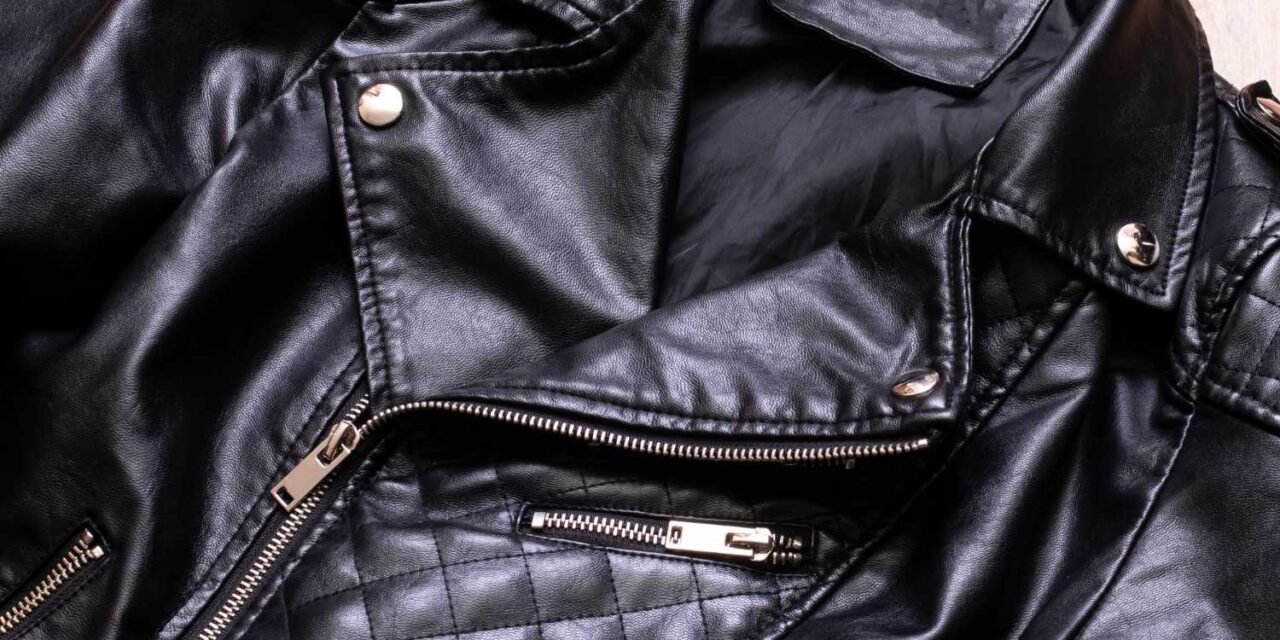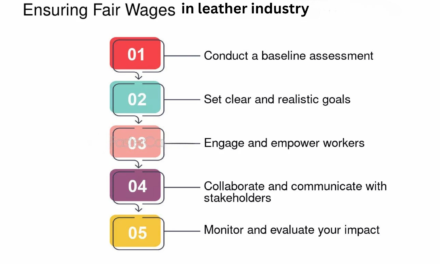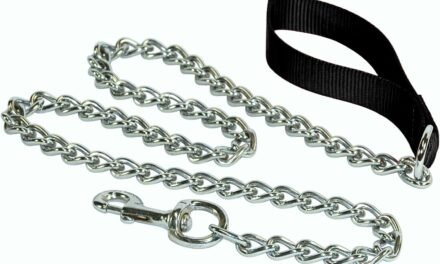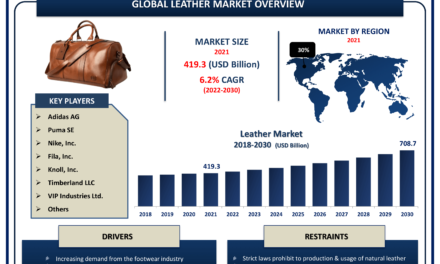1. Leather Type:
- Full-Grain: The highest quality, made from the top layer of the hide. It’s durable, develops a unique patina, and has natural imperfections.
- Top-Grain: Also good quality, but may have undergone corrections to remove imperfections.
- Avoid: Lower-quality leathers like split leather (thinned down) or bonded leather (pieces glued together).
2. Feel and Texture:
- Supple and Pliable: High-quality leather feels soft and supple, not stiff or hard.
- Natural Imperfections: Some natural marks are normal (scars, wrinkles). A completely uniform surface might indicate lower quality.
- Smell: Genuine leather has a distinct earthy aroma. Avoid strong chemical smells.
3. Construction and Craftsmanship:
- Stitching: Look for even, straight stitches with no loose threads or fraying.
- Lining: High-quality jackets have smooth, well-attached linings (silk, cotton). Avoid flimsy or cheap linings.
- Hardware: Check zippers, buttons, and snaps for durability and smooth function.
4. Brand Reputation:
- Established Brands: Reputable brands often prioritize quality materials and craftsmanship.
- Customer Reviews: Read reviews from other buyers to get insights into the quality and durability of the jacket.
5. Price:
- Consider the Price: While not the sole indicator, high-quality leather jackets typically come at a higher price point.







